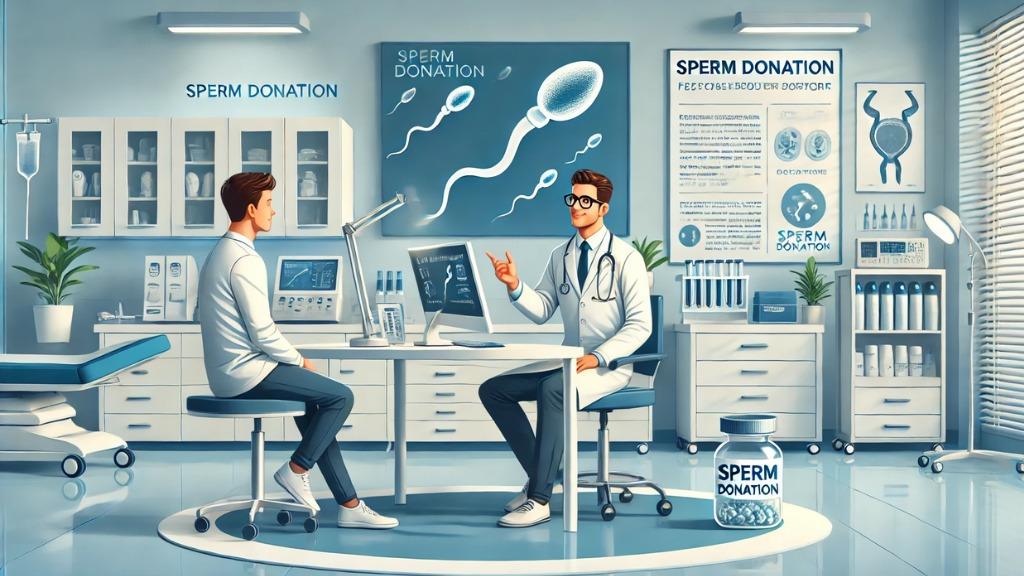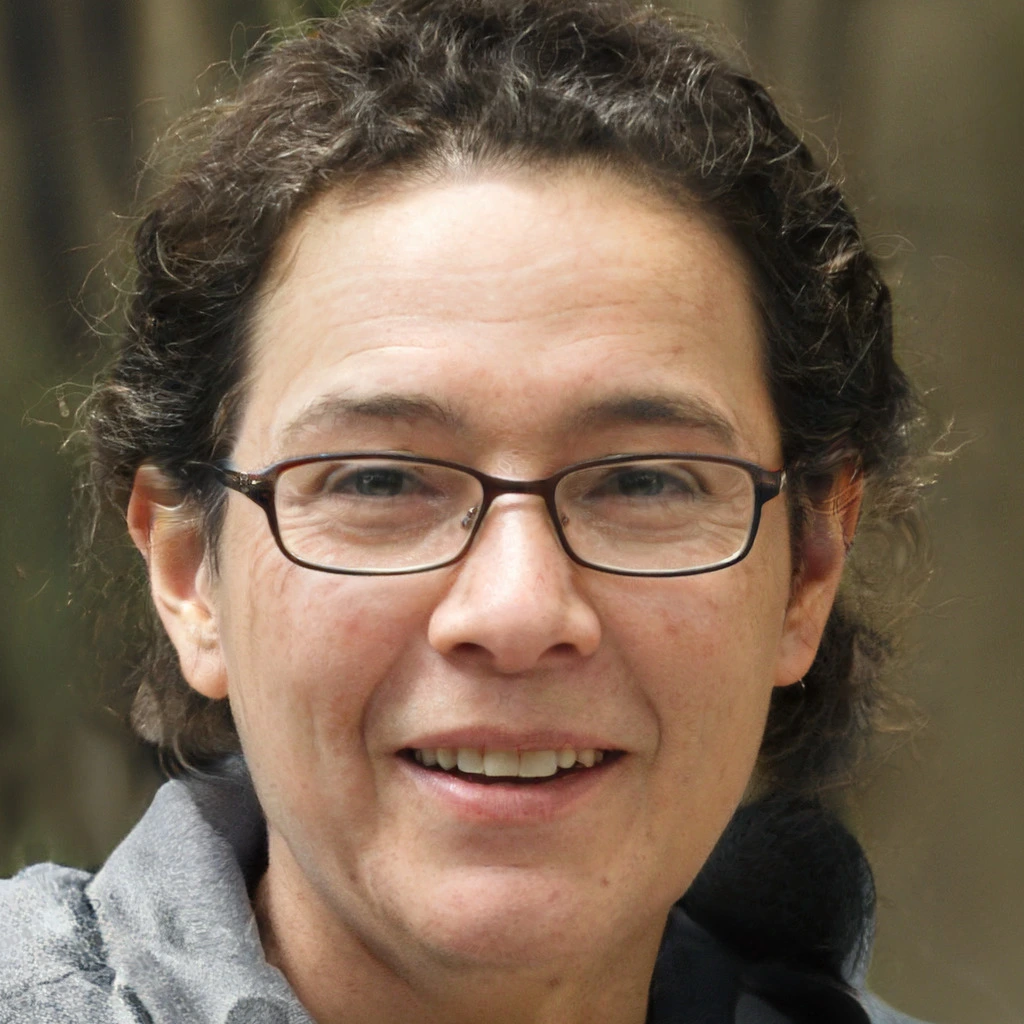Every year, thousands of persons and couples turn to sperm donations as their best hope for building a family. But do you know that only 5% of sperm donor applicants are eligible? Being a sperm donor – or receiving donor sperm – is a process that is deeply individual and medically complex.
Whether you are considering donating sperm or want to start a family, what will this article you, how, and what will the sperm will do in front of the donation? From profit and eligibility to real-life scenarios and future trends, here is everything you need to know.
Why sperm donation matters
1. Empower families
Sperm provides a passage for paternity for donation:
- Male couples struggling with infertility
- Single women who want children
- Equal-sex women couples
- Person with genetic concerns
2. Demand continues to increase
With changing social norms and increasing awareness, the demand for donor sperm is more than ever. Clinics in the U.S., UK, and other countries often report a lack of donors.
3. Medicine and genetic screening
Unlike accidental beliefs, the sperm donation process includes rigorous medical, genetic, and psychological screening to ensure quality and safety for the families intended.
Major profit and insights
For donors:
- Compensation: Most American sperm banks provide $ 70- $ 150 per donation session.
- Health Screening: Donators have free access to health testing, genetic screening, and STI panels.
- Helping others: Many donors say that the greatest reward is the ability to help others to build families.
For recipients:
- Comprehensive selection: reputed sperm banks provide access to wide donor profiles with health information, education, and even voice samples.
- Options for known or unnamed donors: Select based on your family preferences.
- Safety and Success Rate: The clinic provides medical-grade sperm samples adapted to reproductive processes.
Step-by-step guide for the sperm donation process
For donors
Step 1: Application and initial screening
- Fill out an online questionnaire (eg, Cryos, Fairfax, or in California Cryobank).
- Include family medical history, lifestyle, and education.
Step 2: Cumshot analysis
- Provide a sample in a clinic. Experts will assess dynamics, counting, and morphology.
Step 3: Medical and genetic tests
- Full bloodshed, urine analysis, STI screening, and genetic panel test.
- Psychological screening to assess emotional readiness.
Step 4: Commitment
- Approved donors are committed to weekly or biennial donations for 6–12 months.
Step 5: Quiz and retired
Sperm are frozen and quarantined for six months, after which you retire for diseases before you are clean for use of your sample.
For Recipients
Step 1: Choose a Clinic or Sperm Bank
- Work with reproductive clinics or use home insemination services (where legal).
Step 2: Select a donor
- Select physical symptoms, ethnicity, interests, or donor types (anonymous/open-ID).
Step 3: Order and Store
- Sperm is sent to your breeding clinic or home in cryogenic storage.
Step 4: Conception or IVF
- Breeding experts may recommend IUI (intrauterine insemination) or IVF based on individual factors.
Example of the real world: a story of two attitudes
Donor perspective: Jason’s visit
A grade student, Jason, began to donate through a local clinic. “I knew that I was not yet ready for the children, but the idea of helping someone else felt meaningful the whole process.”
In two years, Jason’s donation helped three different families to conceive. He has chosen to be anonymous, but says, “It is good to think that I helped create a life.”
Recipient perspective: Lisa and Sam’s success
Lisa and Sam, a uniform sex addict, chose an open-ID donor from a sperm bank in California. After three IUI cycles, he welcomed his daughter Ava. “We wanted to give our child an option to join her donor one day. It is about transparency and choice,” says Lisa.
Actionable tips and advice
For donors
- Stay healthy: Diet, exercise, and hydration affect the quality of sperm.
- Stay consistent: Regular donations are important for remaining an active donor.
- Be honest in your application – it affects future families.
For recipients
- Ask questions: Understand the family health, symptoms, and legal status of the donor.
- Discuss with your partner the decision on oblivion, future exposure, and disclosure for your child.
- Track ovulation: Timing conception with summit fertility is important.
Common mistakes to escape
1. Can donate to any healthy man
Only a small percentage of applicants meet strict norms. Not everyone is eligible.
2. Lighting of legal agreements
Understand the rights, oblivion agreements, and child access laws of the parents – they vary widely by the state and the country.
3. Exclude psychological counseling
Whether it is a donor or recipient, understanding emotional implications is important for long-term good.
4. Select
Character, health, and values often matter more in the long run – especially if children will have the option to contact the donor later.
Future trends in sperm donation
1. DNA and Dynasty Matching
Companies like 23andme and Ancestry DNA have disrupted oblivion – more people are searching for organic connections through consumer DNA kits.
2. Open identity on Uday
More donors agree to allow future exposure, giving children the option to connect once in 18 years.
3. Global donation network
Online platforms are connected beyond boundaries to donors and recipients, although legal complications are different.
4. AI-Inaccurate Matching
Some sperm banks now use AI to help match donors and recipients based on compatibility, health symptoms, and individual preferences.
Conclusion: a gift that can change life
Sperm donation is more than a medical transaction – it is a bridge of paternity, a chance to help, and a decision that comes with responsibility, effect, and hope.
Key Takeaways:
- Sperm donation is tightly regulated for safety and effectiveness.
- Both donors and recipients should navigate emotional, legal, and medical ideas.
- The future of donor conception is the rapidly transparent, personal, and moral brain.
Thinking about donating or receiving sperm? Start with a licensed clinic, do your research, and create an option that lines with your values and long-term vision.




